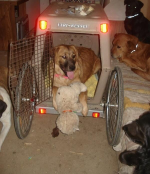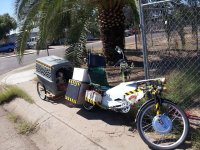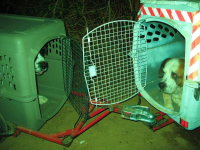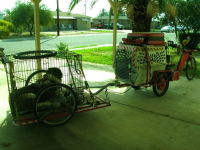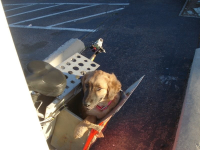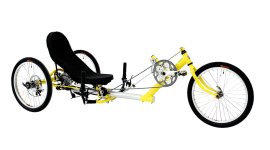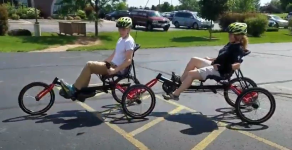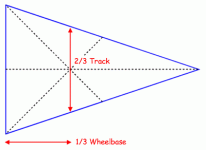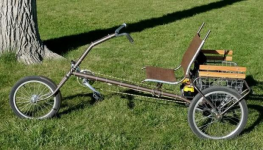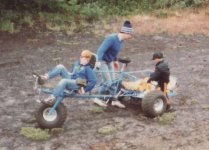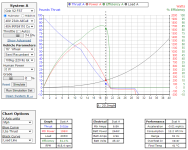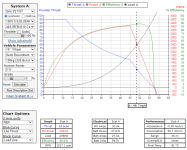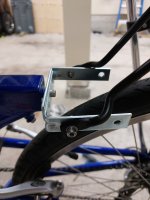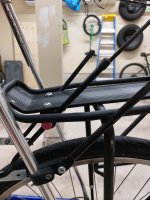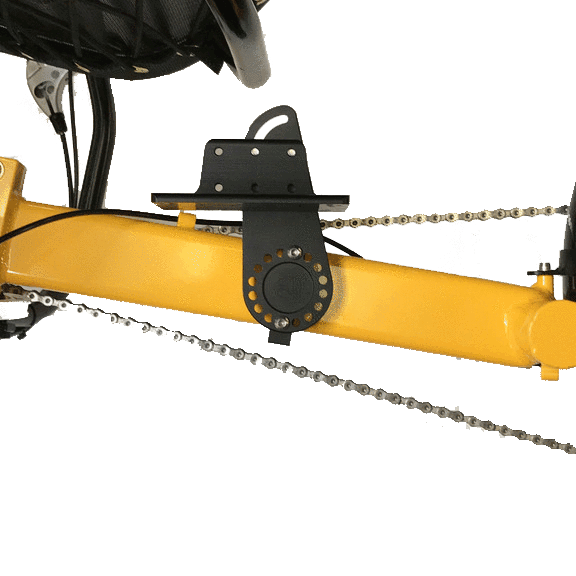Epithemeus
10 W
I've managed to find two good deals for some used recumbents, a trike and a bike and am looking for some other opinions and insights because I'm stuck choosing between them. Both are within budget so I'm not factoring price/value but rather which will be a good fit for me. Of course it's highly personal and I get that, but I'd love some other views. The trike is the sunseeker x3-ax (
X3-AX) and the other bike is the ez1 (Sun EZ-1 Recumbent Bike - Bicycle Man)
Background info. I'll be using this as a daily commuter, often towing a trailer with my kid. Not interested in high speeds much, I'll be limiting it to the legal limit here (32kph) I occasionally enjoy some windy turns and bombing down the occasional hill (neither of these with the trailer obviously ) Haven't decided what I'm going to do for a motor but it'll either be the photon I've already got, or a phaserunner and hub from Grin. Motor choice is less the thing I'm concerned about though, but figured I'd give the background info.
) Haven't decided what I'm going to do for a motor but it'll either be the photon I've already got, or a phaserunner and hub from Grin. Motor choice is less the thing I'm concerned about though, but figured I'd give the background info.
Why I like the trike: Dual disc in the back, should give good stopping power. A nicer bike quality wise. Looks cool. Not having to worry as much about balance at low speeds is cool I suppose.
Why I don't like the trike: Tippy delta trike, it looks like it's better than some delta trikes tippy wise, but I dunno (I don't want a tadpole trike btw)
Why I like the clwb ez1: Better on the turns. A hub in the 16" front wheel could make a heck of a hill climber (if the fh212 could even fit in that size rim, I dunno wheel building enough to say)
Why I dislike the ez1: No discs, I hate rim brakes. There's a company near me that offers welding disc brake tabs and frame reinforcement (it's steel frame) so in theory I could get a disc on the rear where most of the weight is. I'd prefer not to make modifications if possible, but maybe it's worth it? If a used easy rider or maxarya came up near me for the right price I'd take it in a heartbeat, but the ez1 is what's available near me (there is a serious lacking of clwb bikes out there)
I think it mainly comes down to which I think is more important stability on turns, or stock disc brakes. If you've made it this far, thanks muchly for reading my rambles, I'd love your insight!
X3-AX) and the other bike is the ez1 (Sun EZ-1 Recumbent Bike - Bicycle Man)
Background info. I'll be using this as a daily commuter, often towing a trailer with my kid. Not interested in high speeds much, I'll be limiting it to the legal limit here (32kph) I occasionally enjoy some windy turns and bombing down the occasional hill (neither of these with the trailer obviously
Why I like the trike: Dual disc in the back, should give good stopping power. A nicer bike quality wise. Looks cool. Not having to worry as much about balance at low speeds is cool I suppose.
Why I don't like the trike: Tippy delta trike, it looks like it's better than some delta trikes tippy wise, but I dunno (I don't want a tadpole trike btw)
Why I like the clwb ez1: Better on the turns. A hub in the 16" front wheel could make a heck of a hill climber (if the fh212 could even fit in that size rim, I dunno wheel building enough to say)
Why I dislike the ez1: No discs, I hate rim brakes. There's a company near me that offers welding disc brake tabs and frame reinforcement (it's steel frame) so in theory I could get a disc on the rear where most of the weight is. I'd prefer not to make modifications if possible, but maybe it's worth it? If a used easy rider or maxarya came up near me for the right price I'd take it in a heartbeat, but the ez1 is what's available near me (there is a serious lacking of clwb bikes out there)
I think it mainly comes down to which I think is more important stability on turns, or stock disc brakes. If you've made it this far, thanks muchly for reading my rambles, I'd love your insight!


